If you’ve ever played the alphabet game with food, you’ll know how fun it can be to come up with lists that surprise you. Today, I thought it would be interesting to try it with nuts that begin with the letter A.
I didn’t limit this collection to just the “true nuts” that botanists talk about—I also included the ones we often call nuts in the kitchen and in everyday life.. After all, cooking and eating don’t always follow strict plant science rules!
Whether they’re used in baking, enjoyed raw, or pressed into oils, edible nuts provide flavor, nutrition, and versatility. They’re also rich in healthy fats, proteins, and vitamins, making them both delicious and good for you.
So, let’s dive into the world of nuts starting with A—you might just discover a new favorite along the way.
1. Acorns
True Nut: Yes

Acorns are the true nuts of oak trees, enclosed in a hard shell with a cup-shaped cap. They contain a seedling with two cotyledons and were once a staple food in many cultures. Today, acorns are still eaten in some Native American and Korean communities after being processed to remove tannins, which make them bitter. Though no longer a major food source, they remain ecologically important for wildlife.
2. Almonds
True Nut: No

Almonds come from the fruit of the almond tree, which is actually a drupe. The edible part we call a nut is the seed inside the hard shell. Popular worldwide, almonds are enjoyed raw, roasted, or turned into products like almond butter, milk, or marzipan. They store well when refrigerated and are known for their health benefits, being rich in protein, fiber, and vitamin E.
3. Andean Walnuts
True Nut: Yes
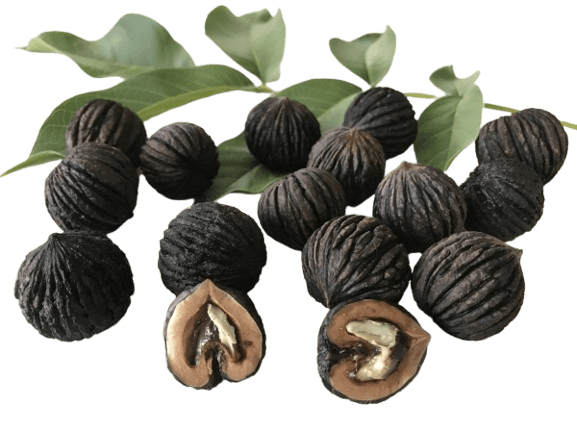
Native to Colombia, Ecuador, and Peru, Andean walnuts produce edible nuts inside very hard shells. Locally called tocte, they are often sold in markets and valued for their sweet, walnut-like flavor. The husks stain hands and clothing due to strong natural dyes, traditionally used for coloring fabrics. Though harder to crack than Persian walnuts, they are a traditional food and carry cultural significance in Andean regions.
4. Argan Nuts
True Nut: Yes
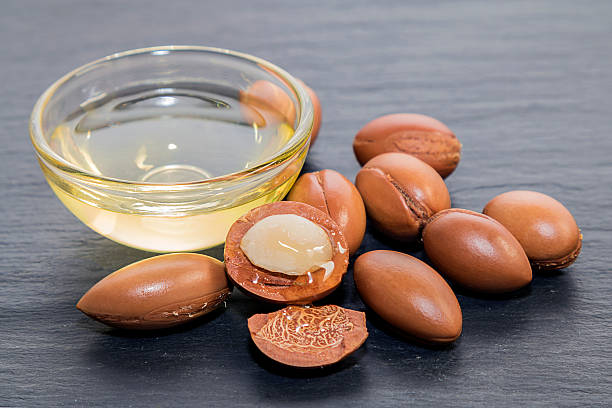
Argan nuts grow on argan trees in Morocco and Algeria. Inside their hard shells are kernels that yield argan oil, famously called “liquid gold.” Extracting this oil requires drying, pulping, and cracking the shells—a labor-intensive process often done by hand. The oil is prized for its role in beauty products, traditional medicine, and Moroccan cooking, particularly in amlou, a sweet spread. It also plays a vital role in supporting rural communities.
5. Arara Nut
True Nut: No
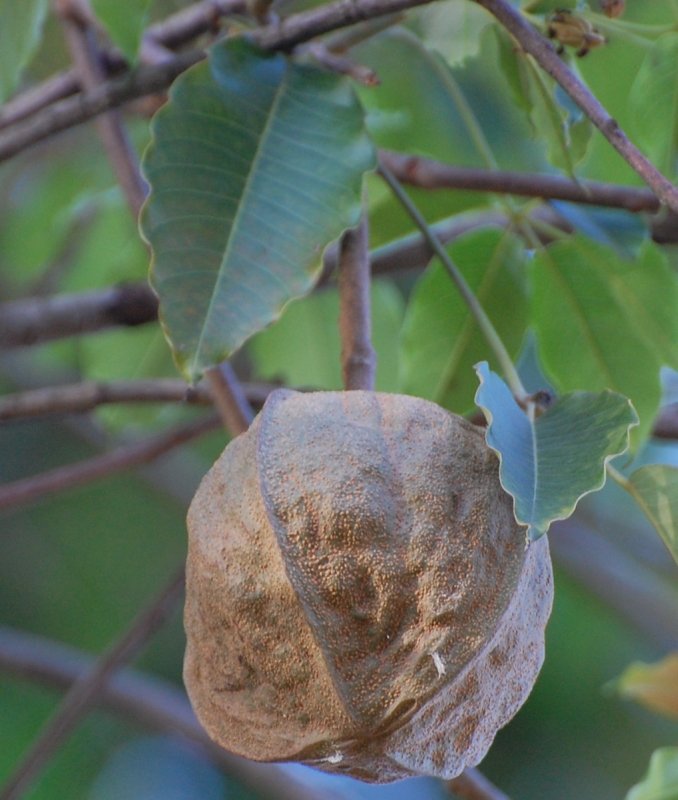
The arara nut comes from the Brazilian tree Joannesia princeps. Its large, round fruits hold seeds that contain a purgative oil, making them poisonous to humans. Despite their toxicity, the tree is sometimes cultivated outside Brazil for ornamental purposes. The seeds are not consumed, but the plant itself has some traditional uses in local communities. Its striking fruit, however, is more notable for its appearance than for edibility.
6. Areca Nut
True Nut: No
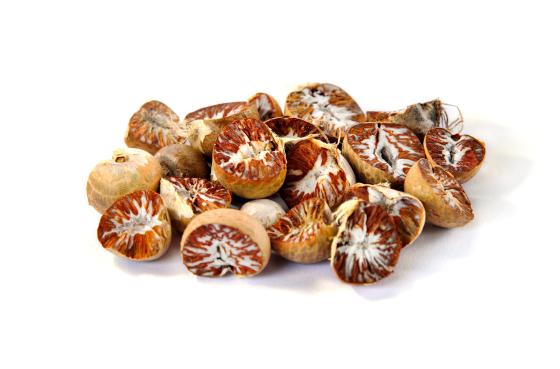
The areca nut, often called betel nut, comes from the areca palm and has been chewed across Asia and the Pacific for thousands of years. Typically wrapped in betel leaves, it acts as a stimulant due to compounds like arecoline. While culturally important, especially in South and Southeast Asia, its use has serious health risks, including cancers and heart disease.
7. Annatto
True Nut: No
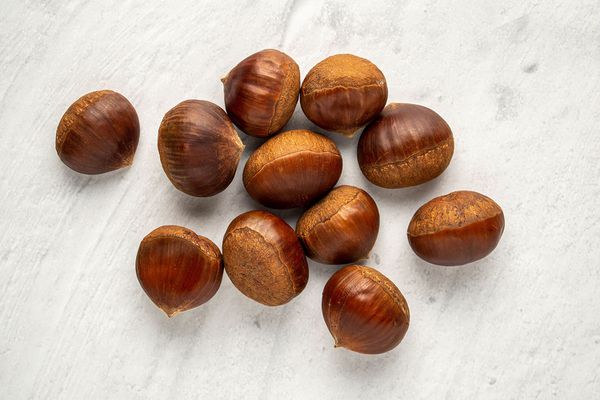
Annatto comes from the seeds of the achiote tree. It is not a true nut but is often grouped with them in cooking contexts. The seeds are reddish-orange and are mainly used as a natural food coloring and spice. They give a golden hue to butter, cheese, rice, and many Latin American dishes. Beyond the kitchen, annatto has traditional uses for skin care and as a dye, making it valuable both for food and culture.
8. American Chestnut
True Nut: Yes
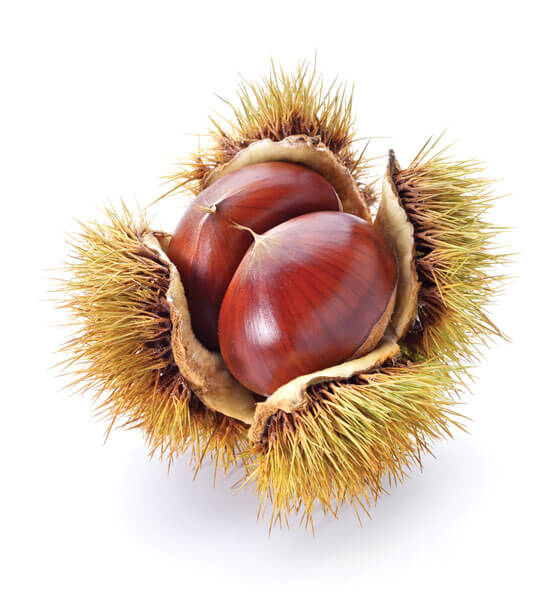
The American chestnut is a true nut from a once-dominant tree in the eastern United States. Enclosed in spiky burrs, its sweet nuts were historically a major food source for humans and wildlife. Sadly, the species was nearly wiped out by a fungal blight in the 20th century. Restoration efforts are underway to bring back this important tree, prized not only for its nuts but also for its strong, rot-resistant wood.
